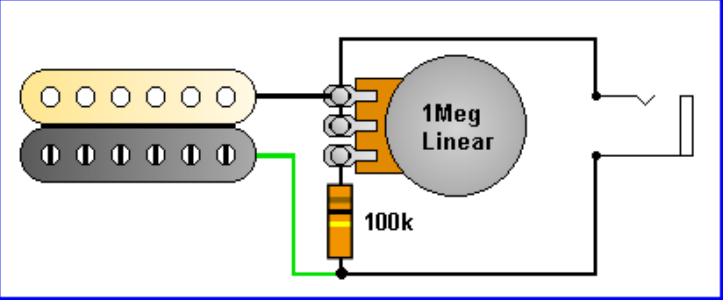To put things in perspective...
-When Frank Falbo was evoking small differences becoming noticeable at really high volume, I agreed with him but he was talking about deviations of 1dB, not ten times less.
-Usual tolerance with pots is of +/- 10%. A supposed 250k measuring 310k exhibits a difference of +24%. The values evoked by the OP differ respectively of -3% and +3% relatively to the 500k mentioned...
-pots resistance hasn't necessarily the same meaning relatively to sensorial floor in different circuits. For instance, a
same 250k tone control might react differently to the ears of the player , even full up, when connected to ground through an inductor, various tone caps or a mere jumper (I've already shared here a few experimental results showing changes in
harmonics with different tone shaping components while a tone pot was set @ 166k, albeit the resonant peak remained at the same level and frequency).
So, ultimately, inviting people to test "for their own ears" is an advice with which I fully agree.

+1 too on the idea to use highest resistance pots with neck pickups... ;-)

